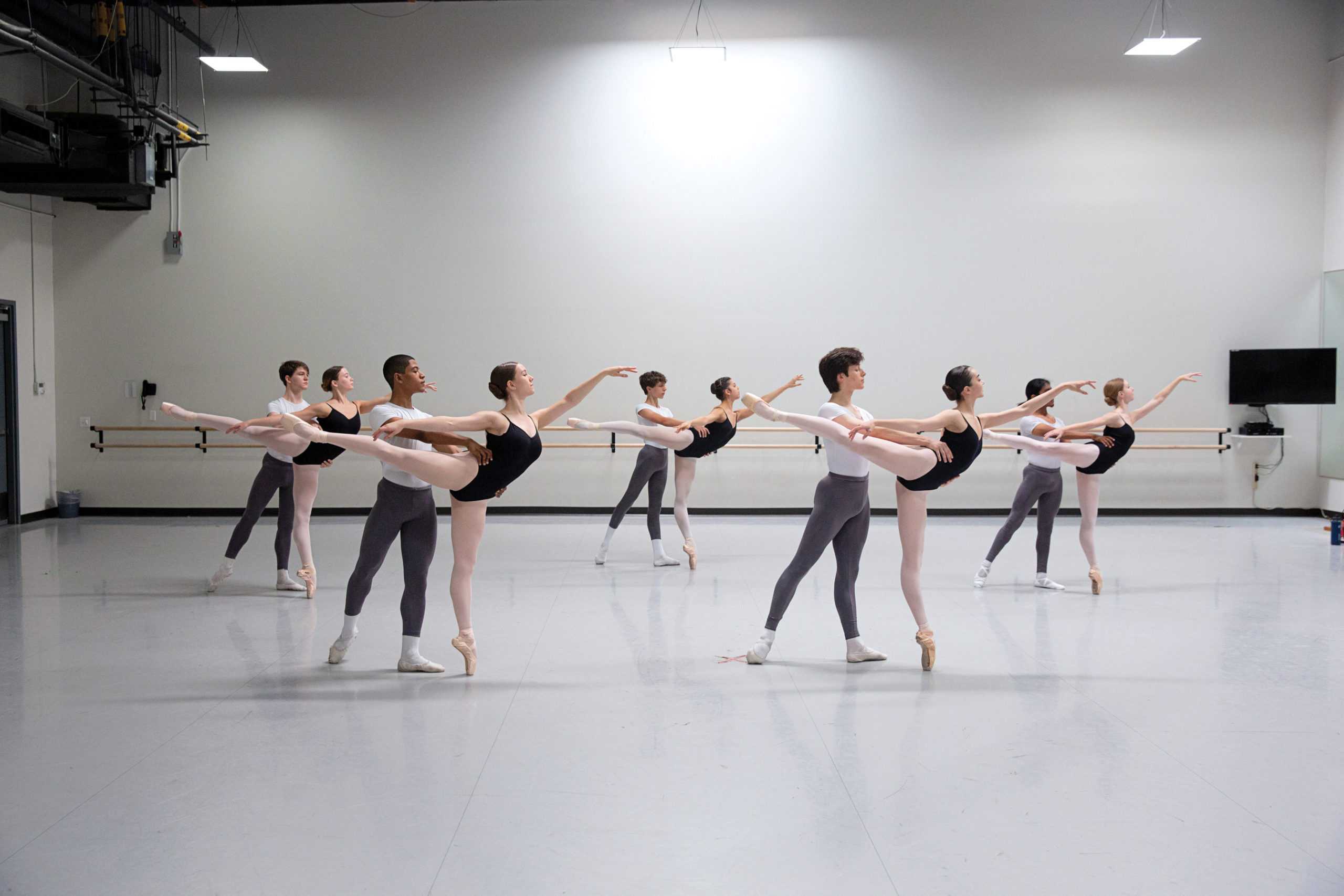From Summer to Second Company: How to Use an Intensive to Land a Contract
I was at the end of a trainee stint with no second company or apprenticeship offer for the next season. I knew I needed to go…somewhere. Then, at an open cattle call audition for a different company, I wasn’t offered the contract I was hoping for, but, along with a small group of other dancers, I was invited to attend the school’s summer intensive. The quid pro quo was plainly stated: Come for the summer and we’ll see.And so I did. After a couple weeks of hard work and hoping, I was fortunate to get just what I was looking for: a second company contract for the fall season.
For pre-professional dancers on the cusp of their careers, a summer intensive can serve as an excellent stepping-stone. First, however, you have to know which companies might offer this pathway from summer to second company, and how to make the leap once you’re there.
Gather Evidence
Some companies will explicitly state that there is a summer-to-second-company pipeline, either on the website or at an audition. In addition to researching programs online, you can ask otherdancers about their experiences to put out feelers. Lindsay Camden, a first-year studio company member with Ballet Arizona, watched older dancers at her local Houston studio obtain second companyoffers from summer intensives or comeback with secondhand accounts of the dancer enviably plucked out of the program for second company ranks.
Camden followed suit, considering only summer intensives with companies attached. Then, she prequalified each program by evaluating her own strengths against the company’s roster and repertoire. She asked herself, “Would they be interested in me? Do they like taller dancers? What style does the company perform?”
Don’t be shy toask advice of your teachers and mentors. The dance world is small, and your teachers likely haveconnections with faculty, directors and administrators at other programs. They might be willing to make a call to inquire about the company’s hiring practices, and maybe even put in a good word for you.
If a dancer has received an offer to attend the summer program, Michelle Martin, associate artistic director of Ballet Austin and founder of Ballet Austin II, doesn’t mind answering the direct question “If I attend, will I be considered for a second company slot?” She is always honest in return. “I try to never lead people on. I say, ‘If this is sincerely where you want to be, we will absolutely look at you seriously when you come.’ ”
Play the Long Game
Ballet Austin leaves a couple slots open for its second company at the start of summer, but Martinoften already has people in mind for those positions. “There are always people who surprise us and we do end up offering them something for the fall, but we don’t count on that,”she says. Instead, she would rather develop a relationship with younger dancers over time, identifying sophomores and juniors who she thinks have potential, and getting to know them beyond a summer program’s few weeks.
Suzette Bower Webb,who directs Cincinnati Ballet’s second company, always encourages dancers to see what’s out there—yes, for companies to evaluate you, but also so that you can evaluate them. “For the 13-, 14-, 15-year-old dancer, getting out and going someplace other than your school is a real eye-opener. And then by the time they’re 17, 18, 19, they can say, ‘Wow, I really love this place. This is where I would like to go.’ ”
It’s exactly how Camden got her studio company contract. After attending her first summer at Ballet Arizona at 14, the faculty expressed special interest in her. She was not yet ready to leave home, but kept in touch, attending an audition to reiterate her interest, and solidifying her position at the next year’s summer intensive.
Think Outside the Box
Don’t discount schools not connected to a company.Some independent summer programs facilitate networking opportunities with various companies and directors. Testimonial pages—or, better yet, polite outreach to alumni—can give you a sense of whether a summer intensive might help you make promising professional connections.
On the Ground
With companies seeing so many dancers throughout a summer, it’s important to make your ambitions known. Ballet Austin provides a form for attendees to state their interest on, and Martin encourages open communication, even for dancers the company does not accept. “I’m always happy to share, to say, ‘These are the areas where we’ll need you to be stronger in order for us to consider you.’ ” If you’re unsure of who to approach, a simple email to the program administrators who sent your welcome packet could point you in the right direction.
Once you’re in a promising summer program, treat every day like an audition. Martin warns against any unprofessional behavior outside the studio. She has revoked a second company offer for a dancer who didn’t respect basic program rules. “It’s about being able to trust somebody to stay within the boundaries that you set,” she says. “If they can’t, that’s a deal breaker.”
Martin says a dancer’s attitude and artistry is as important as their physicality. Webb agrees: “Obviously, we’re looking at talent, if they’re a good fit for the company and how hard people work. But there’s also something a little bit more intangible. What is their musicality? Do they take those coaching moments and build on them?” She adds that an end-of-summer performance is a perfect chance to see a dancer shine. Or, even if things go wrong, she can see if they react and recover the way a professional would.




